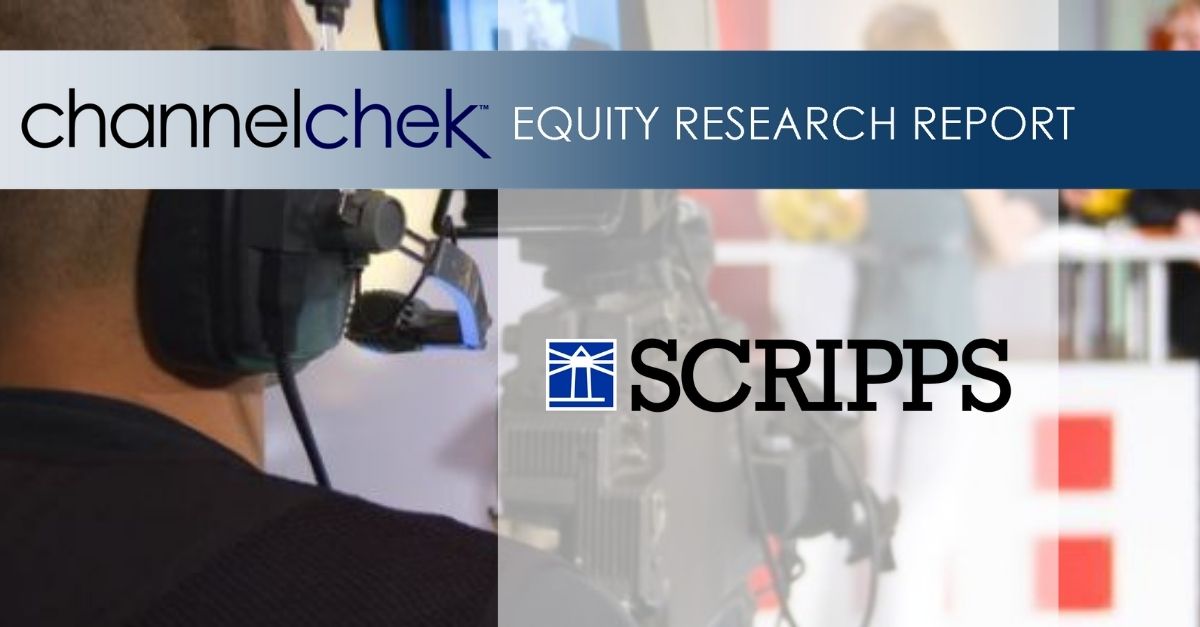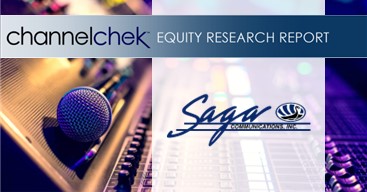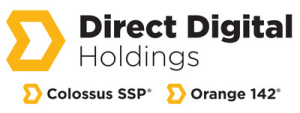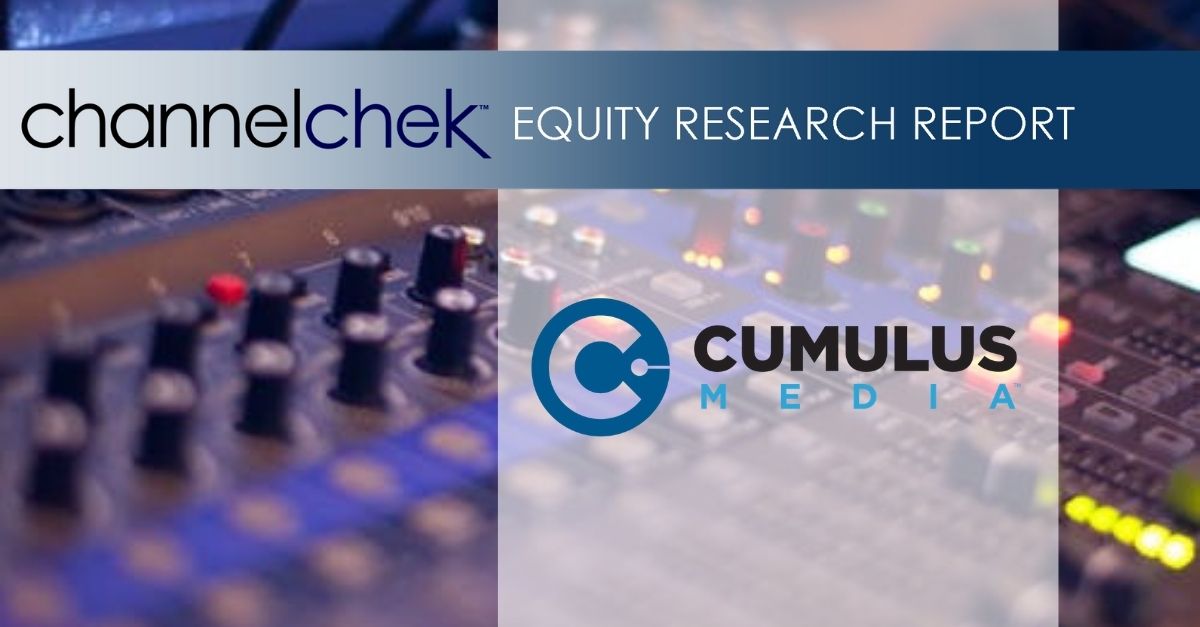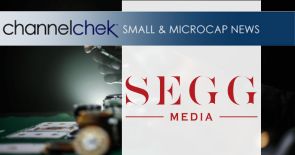November 06, 2025 4:05 pm EST
HOUSTON, Nov. 6, 2025 /PRNewswire/ — Direct Digital Holdings, Inc. (Nasdaq: DRCT) (“Direct Digital Holdings” or the “Company”), a leading advertising and marketing technology platform operating through its companies Colossus Media, LLC (“Colossus SSP”) and Orange 142, LLC (“Orange 142”), today announced that it has entered into an amendment to its existing Equity Reserve Facility to expand the capacity to $100 million from $20 million.
The expansion of the Equity Reserve Facility reflects the amendment to the Company’s Share Repurchase Agreement with New Circle Capital to a total capacity of $100 million in aggregate gross proceeds from the sale of Class A Common Stock.
Mark Walker, Chief Executive Officer of Direct Digital Holdings, commented, “We view this expansion of our existing equity reserve facility as good capital management strategy that provides us with additional liquidity to operate and grow our business. We appreciate the flexibility of our partners as we continue to optimize our access to capital and strengthen our balance sheet.”
The Company expects that any proceeds received from the sale of this stock will be used for general corporate purposes.
The Company has filed a Form 8-K with the Securities and Exchange Commission that contains further details regarding the completion of this amendment. The foregoing description of this amendment does not purport to be complete and is qualified in its entirety by reference to the Form 8-K and exhibits thereto.
Cautionary Note Regarding Forward Looking Statements
This press release contains forward-looking statements within the meaning of federal securities laws that are subject to certain risks, trends and uncertainties. We use words such as “could,” “would,” “may,” “might,” “will,” “expect,” “likely,” “believe,” “continue,” “anticipate,” “estimate,” “intend,” “plan,” “project” and other similar expressions to identify forward-looking statements, but not all forward-looking statements include these words. All of our forward-looking statements involve estimates and uncertainties that could cause actual results to differ materially from those expressed in or implied by the forward-looking statements. Accordingly, any such statements are qualified in their entirety by reference to the information described under the caption “Risk Factors” and elsewhere in our most recent Annual Report on Form 10-K for the fiscal year ended December 31, 2024 (the “Form 10-K”) and subsequent periodic and or current reports filed with the Securities and Exchange Commission (the “SEC”).
The forward-looking statements contained in this press release are based on assumptions that we have made in light of our industry experience and our perceptions of historical trends, current conditions, expected future developments and other factors we believe are appropriate under the circumstances. As you read and consider this press release, you should understand that these statements are not guarantees of performance or results. They involve risks, uncertainties (many of which are beyond our control) and assumptions.
Although we believe that these forward-looking statements are based on reasonable assumptions, you should be aware that many factors could affect our actual operating and financial performance and cause our performance to differ materially from the performance expressed in or implied by the forward-looking statements. We believe these factors include, but are not limited to, the following: the restrictions and covenants imposed upon us by our credit facilities; the substantial doubt about our ability to continue as a going concern, which may hinder our ability to obtain future financing; our ability to secure additional financing to meet our capital needs; our ineligibility to file short-form registration statements on Form S-3, which may impair our ability to raise capital; our failure to satisfy applicable listing standards of the Nasdaq Capital Market resulting in a potential delisting of our common stock; costs, risks and uncertainties related to restatement of certain prior period financial statements; any significant fluctuations caused by our high customer concentration; risks related to non-payment by our clients; reputational and other harms caused by our failure to detect advertising fraud; operational and performance issues with our platform, whether real or perceived, including a failure to respond to technological changes or to upgrade our technology systems; restrictions on the use of third-party “cookies,” mobile device IDs or other tracking technologies, which could diminish our platform’s effectiveness; unfavorable publicity and negative public perception about our industry, particularly concerns regarding data privacy and security relating to our industry’s technology and practices, and any perceived failure to comply with laws and industry self-regulation; our failure to manage our growth effectively; the difficulty in identifying and integrating any future acquisitions or strategic investments; any changes or developments in legislative, judicial, regulatory or cultural environments related to information collection, use and processing; challenges related to our buy-side clients that are destination marketing organizations and that operate as public/private partnerships; any strain on our resources or diversion of our management’s attention as a result of being a public company; the intense competition of the digital advertising industry and our ability to effectively compete against current and future competitors; any significant inadvertent disclosure or breach of confidential and/or personal information we hold, or of the security of our or our customers’, suppliers’ or other partners’ computer systems; as a holding company, we depend on distributions from Direct Digital Holdings, LLC (“DDH LLC”) to pay our taxes, expenses (including payments under the Tax Receivable Agreement) and any amount of any dividends we may pay to the holders of our common stock; the fact that DDH LLC is controlled by DDM, whose interest may differ from those of our public stockholders; any failure by us to maintain or implement effective internal controls or to detect fraud; and other factors and assumptions discussed in our Form 10-K and subsequent periodic and current reports we may file with the SEC.
Should one or more of these risks or uncertainties materialize or should any of these assumptions prove to be incorrect, our actual operating and financial performance may vary in material respects from the performance projected in these forward-looking statements. Further, any forward-looking statement speaks only as of the date on which it is made, and except as required by law, we undertake no obligation to update any forward-looking statement contained in this press release to reflect events or circumstances after the date on which it is made or to reflect the occurrence of anticipated or unanticipated events or circumstances, and we claim the protection of the safe harbor for forward-looking statements contained in the Private Securities Litigation Reform Act of 1995. New factors that could cause our business not to develop as we expect emerge from time to time, and it is not possible for us to predict all of them. Further, we cannot assess the impact of each currently known or new factor on our results of operations or the extent to which any factor, or combination of factors, may cause actual results to differ materially from those contained in any forward-looking statements.
About Direct Digital Holdings
Direct Digital Holdings (Nasdaq: DRCT) combines cutting-edge sell-side and buy-side advertising solutions, providing data-driven digital media strategies that enhance reach and performance for brands, agencies, and publishers of all sizes. Our sell-side platform, Colossus SSP, offers curated access to premium, growth-oriented media properties throughout the digital ecosystem. On the buy-side, Orange 142 delivers customized, audience-focused digital marketing and advertising solutions that enable mid-market and enterprise companies to achieve measurable results across a range of platforms, including programmatic, search, social, CTV, and influencer marketing. With extensive expertise in high-growth sectors such as Energy, Healthcare, Travel & Tourism, and Financial Services, our teams deliver performance strategies that connect brands with their ideal audiences.
At Direct Digital Holdings, we prioritize personal relationships by humanizing technology, ensuring each client receives dedicated support and tailored digital marketing solutions regardless of company size. This empowers everyone to thrive by generating billions of monthly impressions across display, CTV, in-app, and emerging media channels through advanced targeting, comprehensive data insights, and cross-platform activation. DDH is “Digital advertising built for everyone.”
Contacts:
Investors:
IMS Investor Relations
Walter Frank/Jennifer Belodeau
(203) 972-9200
investors@directdigitalholdings.com

